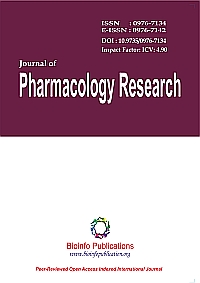
“Evidence suggests that the non-psychotropic cannabis-derived compound, cannabidiol (CBD), has anti-neoplastic activity in multiple types of cancers, including glioblastoma multiforme (GBM).
DNA-damaging agents remain the main standard of care treatment available for patients diagnosed with GBM.
Here we studied the anti-proliferative and cell-killing activity of CBD alone and in combination with DNA-damaging agents (temozolomide, carmustine or cisplatin) in several human GBM cell lines and in mouse primary GBM cells in cultures.
This activity was also studied in mouse neural progenitor cells (NPCs) in culture to assess for potential central nervous system (CNS) toxicity.
We found that CBD induced a dose-dependent reduction of both proliferation and viability of all cells with similar potencies, suggesting no preferential activity for cancer cells.
Hill plot analysis indicates an allosteric mechanism of action triggered by CBD in all cells.
Co-treatment regiments combining CBD and DNA-damaging agents produced synergistic anti-proliferating and cell-killing responses over a limited range of concentrations in all human GBM cell lines and mouse GBM cells as well as in mouse NPCs.
Remarkably, antagonistic responses occurred at low concentrations in select human GBM cell lines and in mouse GBM cells.
Our study suggests limited synergistic activity when combining CBD and DNA-damaging agents in treating GBM cells, along with little-to-no therapeutic window when considering NPCs.”
https://www.ncbi.nlm.nih.gov/pubmed/27821713
“Definition of antineoplastic: inhibiting or preventing the growth and spread of tumors or malignant cells” http://www.merriam-webster.com/dictionary/antineoplastic









